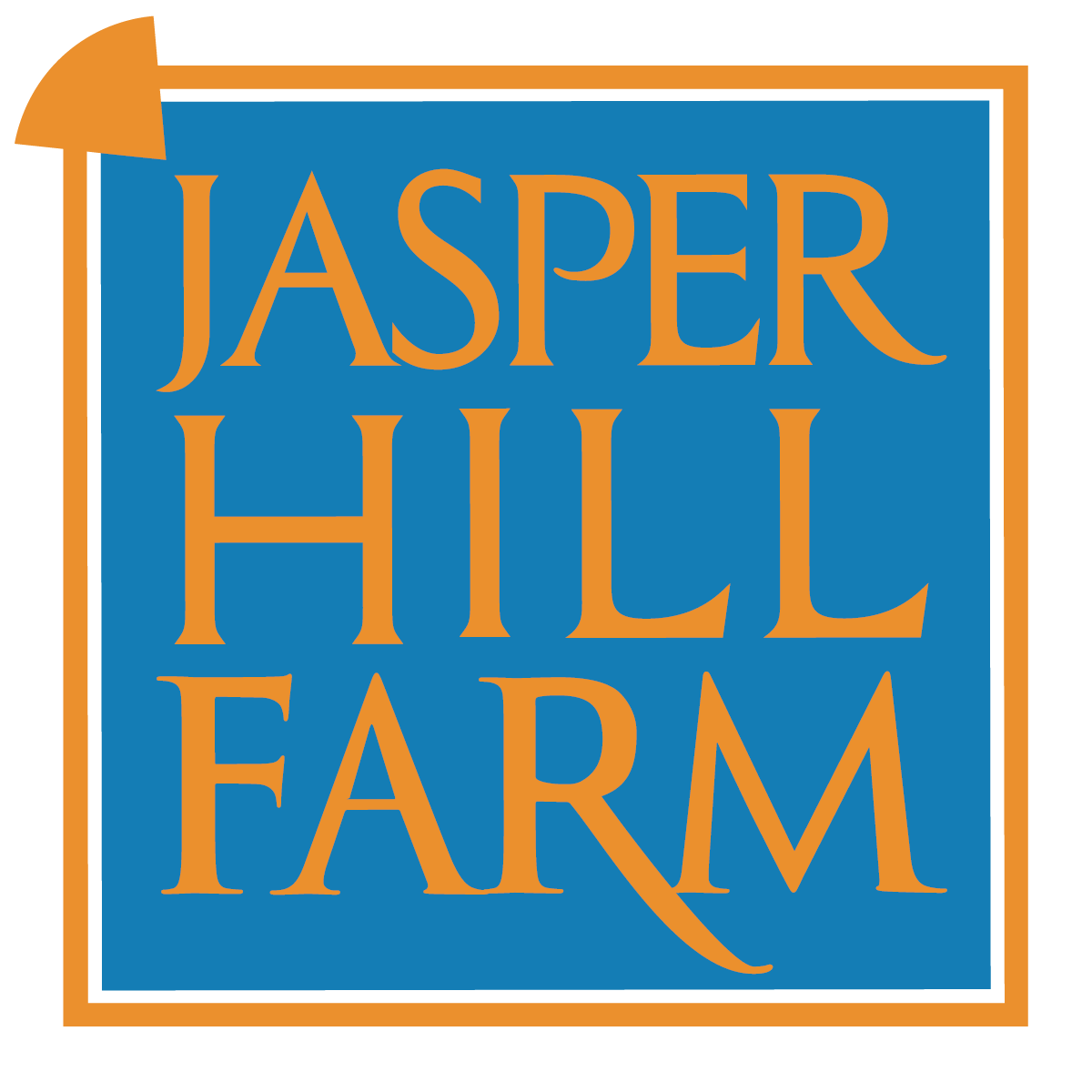RAW MILK CHEESE VS RAW MILK
Raw milk has been coming up in the news lately. As raw milk cheesemakers, we wanted to take the opportunity to distinguish between raw milk cheesemaking and the production and sale of fluid raw milk for drinking.
The Avian Flu
There is no evidence to date that the avian flu can survive the selective pressures of the cheesemaking process. Fortunately, there have been no cases detected in dairy herds in Vermont. We have been actively monitoring the situation and consulting with experts and state officials as more research is underway. The Vermont State Agency of Agriculture, which works directly with the FDA, has supported the continuation of raw milk cheesemaking. We hope this and the following information is helpful for your personal decision-making process.
Raw Milk Safety
On the farm, we are no strangers to the joy of raw milk, fresh from the cows. We are troubled, though, by the idea of unpasteurized milk being sold for drinking elsewhere. At the same time, we are committed to the traditional practice of raw milk cheesemaking, which is the foundation of our 'taste of place'. So, what's the difference?
Milk fresh from the cow has a diversity of microflora that reflects a full picture of where it came from: the barn, pasture, feed, soil, air, equipment, people, and individual animals can all affect milk quality and its microbial profile.
Raw milk cheesemakers have a special relationship with the source of their milk—often directly managing a single herd—to ensure that the microbial ecosystem of the farm is optimized for quality and safety. This is done through a specific approach to feed selection, animal care, milking practices, and constant environmental monitoring for pathogens. These rigorous practices are reflected in our farming methods at Jasper Hill Farm.
When raw milk is used for cheesemaking, freshness is key; time is tracked in hours, not days. The cheesemaking process can be thought of as a set of hurdles that narrow the scope of microbes that can survive the arduous journey from milk to curd. Acidification, dehydration, salting, culturing, and (often) curd heating all serve to stabilize the raw material of milk.
This greatly reduces the risk of pathogen growth and creates an opportunity to monitor safety as the finished cheese ripens. These hurdles also advantage the beneficial natural flora that makes a cheese uniquely delicious. Humans have used these techniques for millenia to solve the problem of milk's instability.
None of these hurdles exist with liquid raw milk. The near-neutral pH, high water availability for microbial growth, and rich nutrient content make raw milk relatively volatile and risky compared to finished cheese. Conventional farming practices and the time scale of modern supply chains are antithetical to the safe distribution of raw milk for drinking on a broad scale. Even local procurement can be a roll of the dice, especially as freshness wanes, even if kept cold.
We take food safety and product quality extremely seriously. Our knowledge of how technical, specialized, and consequential the practices are behind raw milk cheese makes it impossible for us to imagine the distribution of raw milk being worth the risk. We are alarmed by the growing trend of drinking raw milk. Not only are the benefits unverified by science, but illnesses related to raw milk consumption will negatively influence the perceived safety of—and potential regulation of—raw milk cheese.


